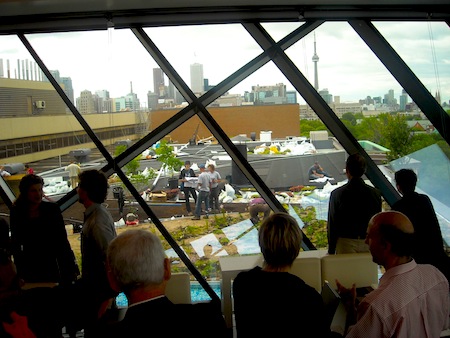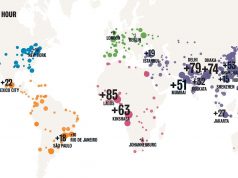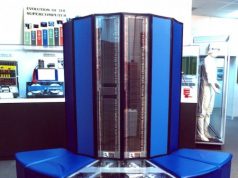PLANT Architects: ROM Roof, Toronto
Cognitive scientist Donald A. Norman’s research on excellence in design is a touchstone for understanding today’s wired cities. In his book, “The Design of Everyday Things,” Norman explores the idea that consumer behaviour can be influenced by good design. Alternatively, bad design frustrates users while destroying long-term value. Norman advocates user-centred design to make the things around us understandable and usable. What is notable about his approach is how much it compliments the mobile, efficient, subtle, and heuristic methodology of MESH Cities. Here are the four key things good design should do, according to Norman:
- Make it easy to determine what actions are possible at any moment;
- Make things visible, including the conceptual model of the system, the alternative actions, and the results of actions;
- Make it easy to evaluate the current state of the system;
- Follow natural mappings between intentions and the required actions; between actions and the resulting effect; and between the information that is visible and the interpretation of the system state.
At its core, Norman stresses, design provides easy-to-understand feedback about the user’s moment-by-moment engagement. A well-designed city must also provide the same kind of feedback. Ironically, part of the way we describe that feedback is as left or right leaning political action. In fact, the city feedback system has more to do with or ability to gather critical information and map our next moves than it does with any ideology driven by disciples of Ayn Rand on the one hand, or Carl Marx on the other. We argue that a city designed using MESH principles will be almost apolitical. After all, we all have to live, love, eat, get around, and work. Those things bind us together. The future city will enable them. If we let it.







